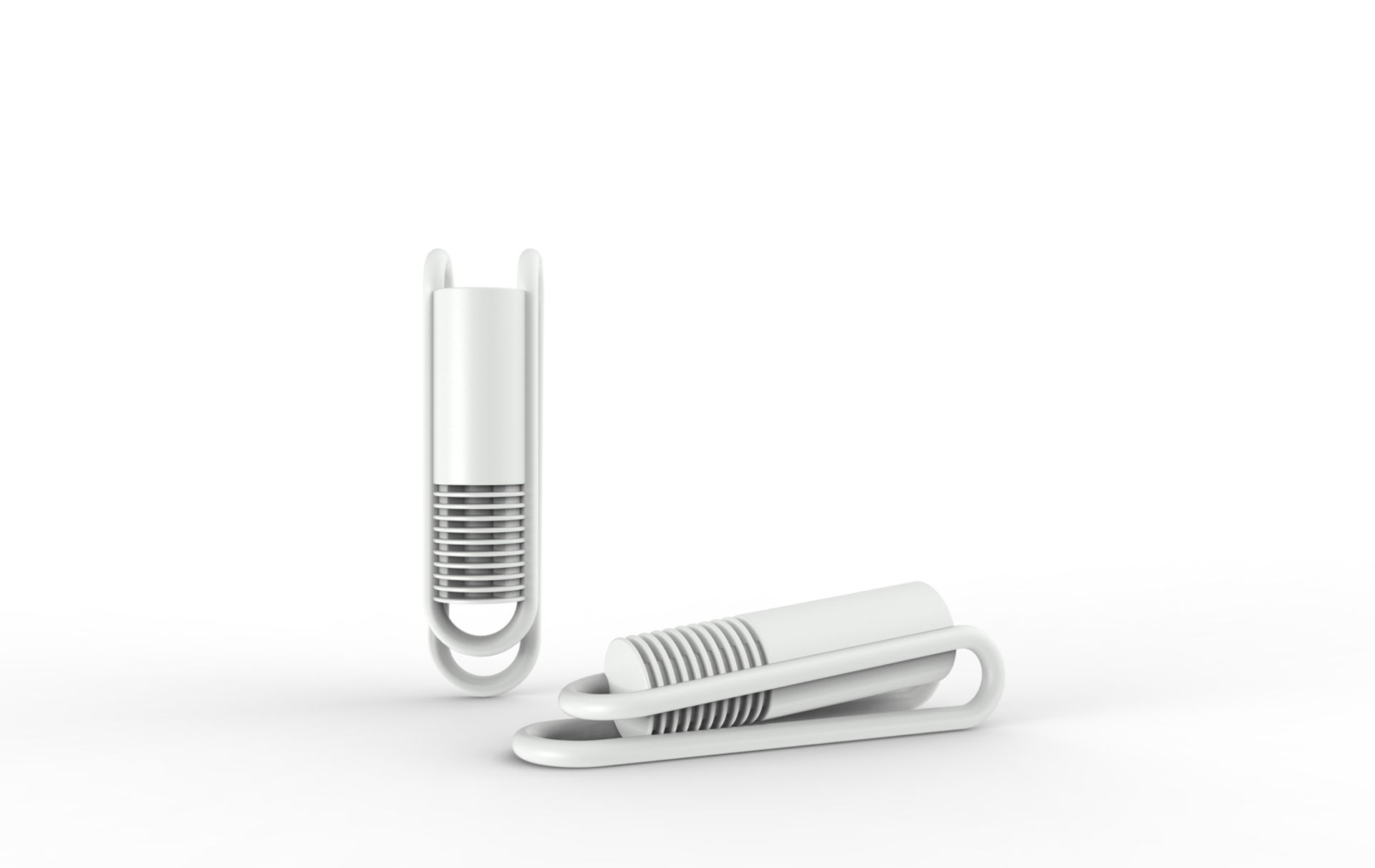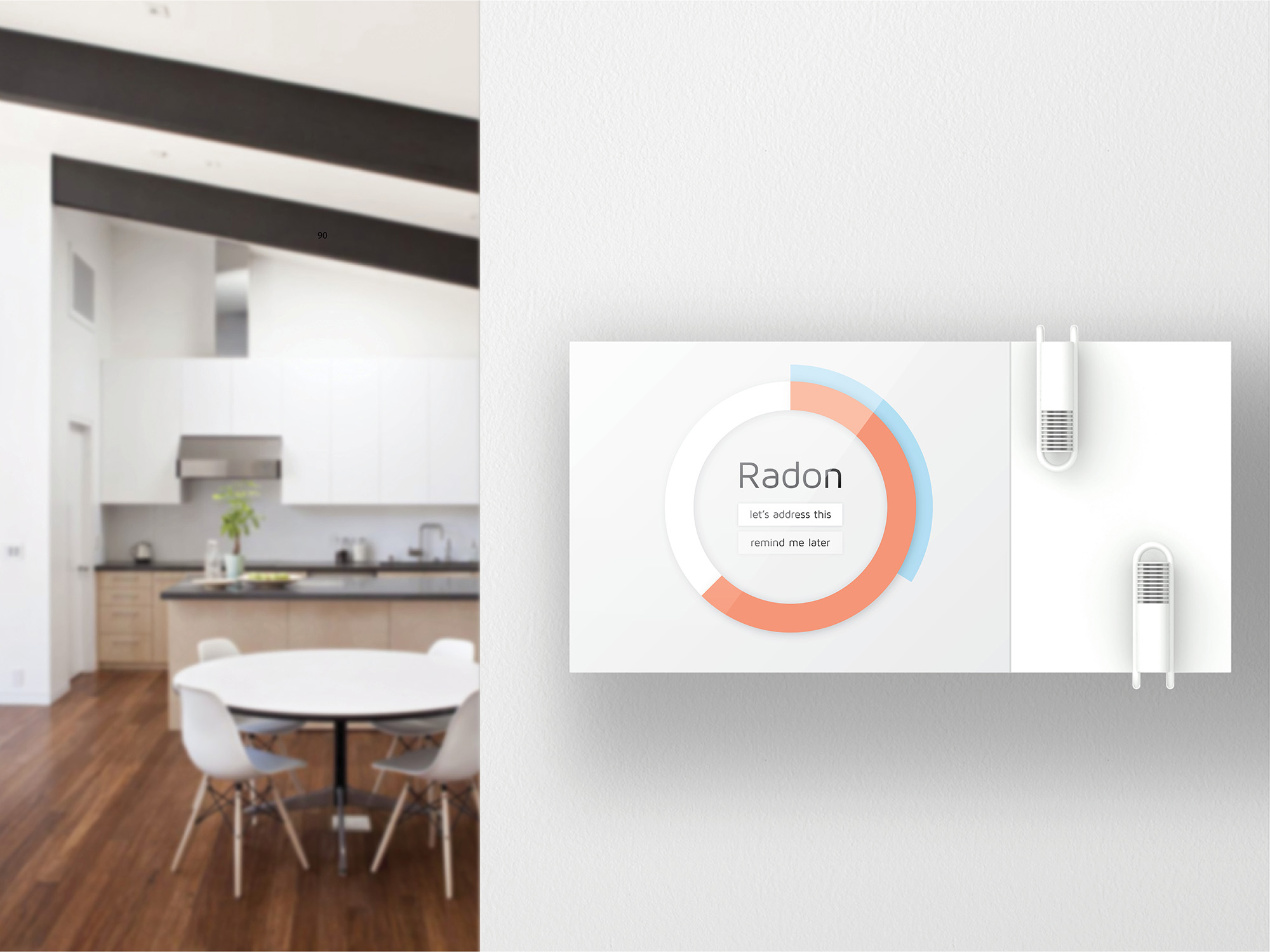WWU Sponsored Project

WWU Social Wearable Health :: Air Quality
Quantifying, and making available, localized air quality content.
During the winter of 2013 we had the opportunity to sponsor a project with Western Washington University's senior industrial design studio. The assignment was timely: define and design for the emerging Social Wearable Health market.
The students had to identify a market need, and then design a wearable device that contributed to a healthy lifestyle. This included a stationary dock for charging/data transfer and the user interface located on a smartphone or tablet. The results had to unite under a consistent design language while also accomplishing their individual, functional requirements.
———
Each time you take a breath, what exactly are you breathing? Air quality varies immensely as you move through different locations. In fact, air indoors is of the lowest quality of any air you breathe daily. Existing air quality monitoring stations can only record macro-environmental trend- lending an opportunity to implement a solution that provides real-time, accurate reporting of micro-environmental air quality.
In terms of air pollutants, the EPA has classified six hazardous air-borne compounds: Ground Level Ozone. Particulate Matter, Carbon Monoxide, Nitrogen Oxides, Sulfur Dioxide and Lead. Previously the technology capable of monitoring toxins like these was large and power thirsty- no longer. Micro scaled sensors have become available and will continue to become more accessible in the next couple of years. Packaging this technology in a desirable and economical form enables individuals to better understand the immediate quality of the air they breathe.
This solution establishes a system that tracks the air quality on a micro-environmental scale. The wearable device travels with you daily- tethered to a mobile device, it can provide immediate alerts. The device docks into a redesigned home thermostat, part of a system of sensors installed within the home environment. The dock acts as a centralized interface for cataloging air quality, pairing that information with weather forecasts, an expanded network of users and experts, and a toolkit for improving local air quality. That information, while available to the user, is additionally made publicly accessible- in the form of foot traffic route assistance and environmental record.
WWU Sr ID Professor
Dell King
WWU Sr ID Class of 2013
Samuel Martin
Sean Braaten
Larisa Schulze
Libby Kunkle
Awards 2013
Spark Concept Award - SILVER



